How many Different Types of Yogurt are there? If you are a yogurt lover, you are in the right place, yogurt is delicious and super healthy, and did you know there are different types of yogurt?
Yogurt is so versatile and a trusty and nutritious option that it is always a good idea to have it at home. Kids of all ages love it, and nearly everyone can enjoy it. It doesn’t matter if you are a dairy fan or are into healthy eating; there’s probably one type of yogurt that will suit your specific needs.
It is most likely one of those items that are always on top of your grocery list, yogurt is so versatile, and you can always count on it whether you require a healthy snack or just starving to death.
It is a delicious way to get yourself the nutrients your body needs, and there are actually several types you can choose from. Educate yourself about the wide variety of yogurts out there, and make sure to pick your favorite.
Types of Yogurt
Traditional Yogurt

In traditional or regular yogurt, the milk and bacteria blend in left unstrained; this results in a fine and easier-to-manipulate consistency. You may recognize this type because it generally presents a thin layer of fluid on top.
You can find traditional yogurt in numerous flavors, many of which fruit has been incorporated. It has a naturally tart flavor, and nowadays, you can get it in low-fat, non-fat, and regular yogurt varieties. What changes from variety to variety is the type of milk used in the making process.
Greek Yogurt
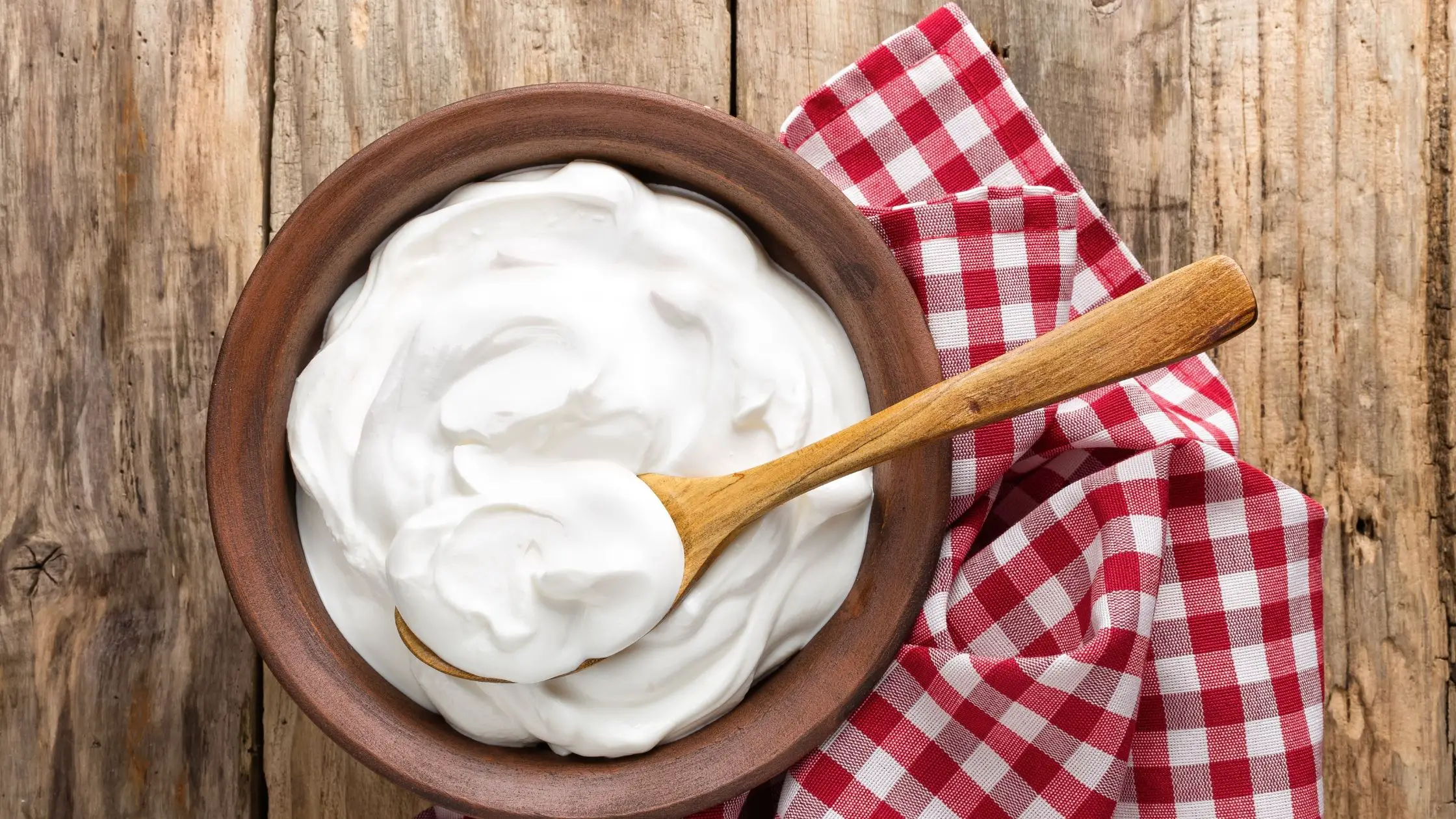
Greek yogurt is a widely popular yogurt type that can be easily found at your local market. Compared to traditional yogurt, the Greek counterpart has been hailed as a healthier type, and it does offer certain benefits such as lower sugar content, fewer carbs, and more protein. Either way, pay attention to the label since some brands may exaggerate the sugar content.
Greek yogurt offers a thicker texture because it has been strained during the making process. The unflavored versions are a combination of sour and tart.
Australian Yogurt
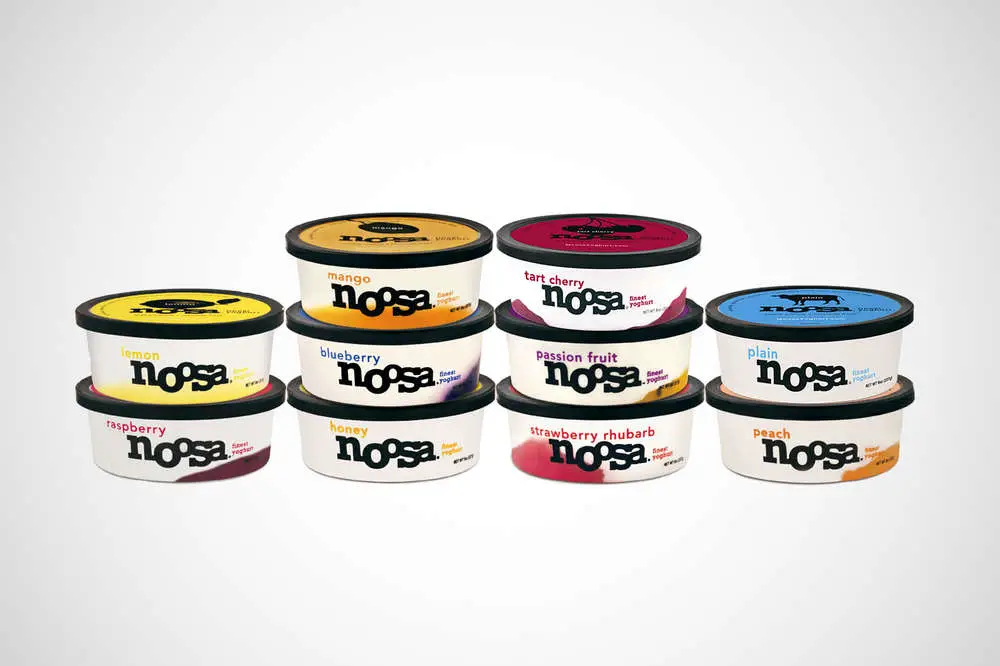
Australian yogurt is the perfect middle ground between traditional and Greek yogurt, not too thin or thick. This type is made using whole milk, giving way to a creamy consistency. Like traditional yogurt, Australia is also left unstrained, so you may also come across some liquid on the top. You can find this type in flavored and unflavored varieties; honey is generally used as a sweetener.
Icelandic Yogurt (Skyr)
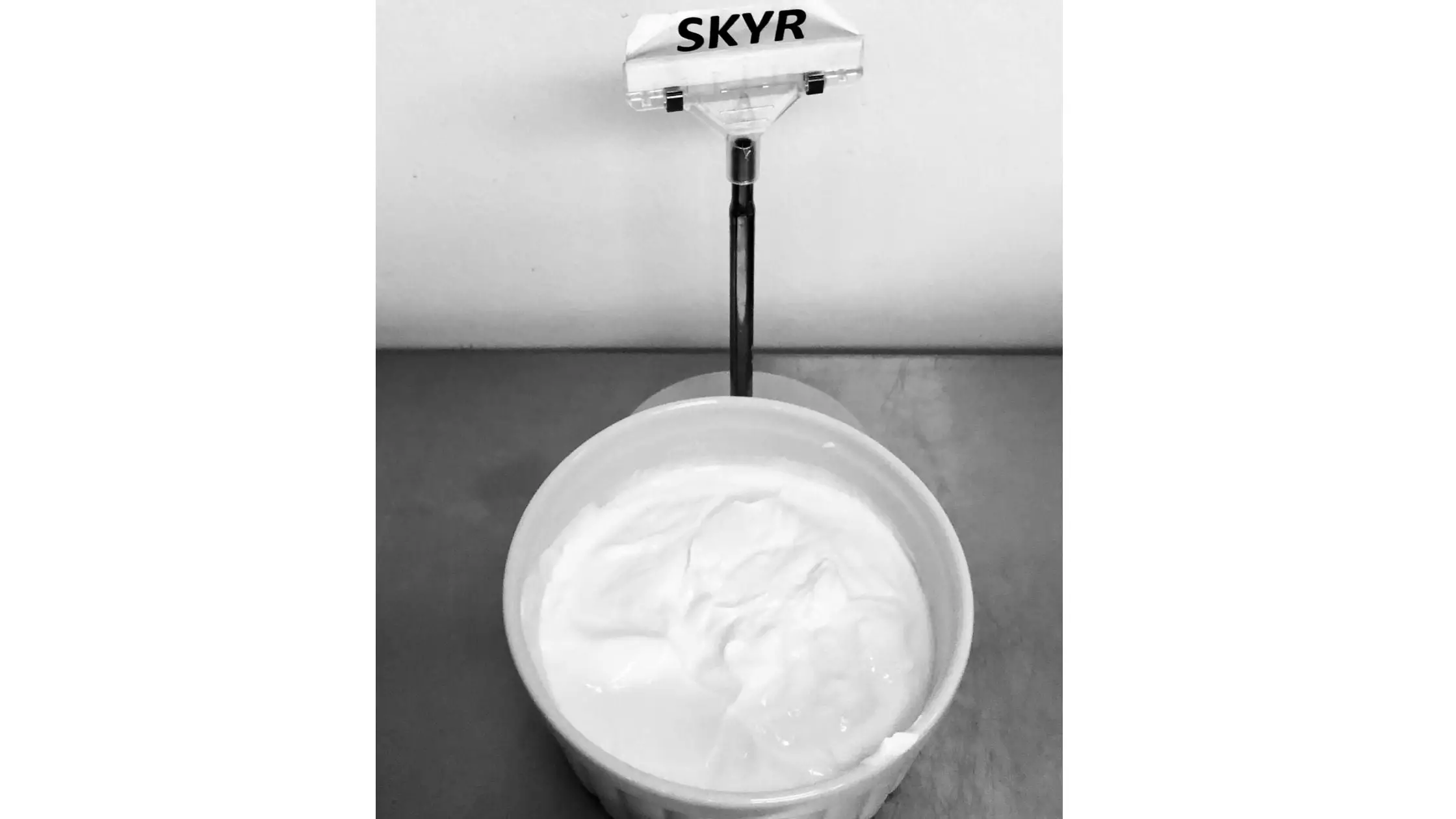
This type of yogurt is strained not once, but four times, so you may imagine how thick it can be. That doesn’t mean that Icelandic yogurt isn’t smooth or easy to stir. Skyr is a kind of cheese in Iceland, but it resembles yogurt more than cheese. The recipe for Icelandic yogurt has at least four cups of nonfat milk. Other variations utilize fattier milk or skim milk which is the choice of milk for this specific type. This particularly thick version is low fat and high in protein.
Kefir – Drinkable Yogurt

Kefir is widely known for its liquid consistency and as a great probiotic source. If Icelandic is the thickest yogurt option, then kefir is the finest. The making of kefir involves starter grains that are blended into any milk. This mix won’t give way to a thick consistency, so kefir is considered drinkable yogurt.
Labneh
Labneh is mostly found in the Middle East; like Skyr, this type of yogurt also undergoes a considerable procedure to remove any liquid. Labneh is compared to cream cheese and is usually consumed with olive oil and flatbread when it comes to texture. As you may imagine, this thick texture yogurt is high in protein.
Dahi

Dahi is consumed in countries such as India, Bangladesh, and Nepal; it is actually known as curd; however, it is considered yogurt due to the making process. Dahi is made using cow, goat, or buffalo milk and dried red chilis -which contain bacteria allowing the fermentation process. Dahi is not strained, so it has a smoother consistency.
Matsoni
Matsoni originated in the Middle East and is highly recommended to make at home. This is because the making process doesn’t require maintaining a hot temperature for bacteria to do their job.
Instead, you must blend your milk of choice with a starter culture and let it sit for a few hours. The final product is a tangy and thin consistency yogurt that can be used as a base for other recipes.
Almond Yogurt
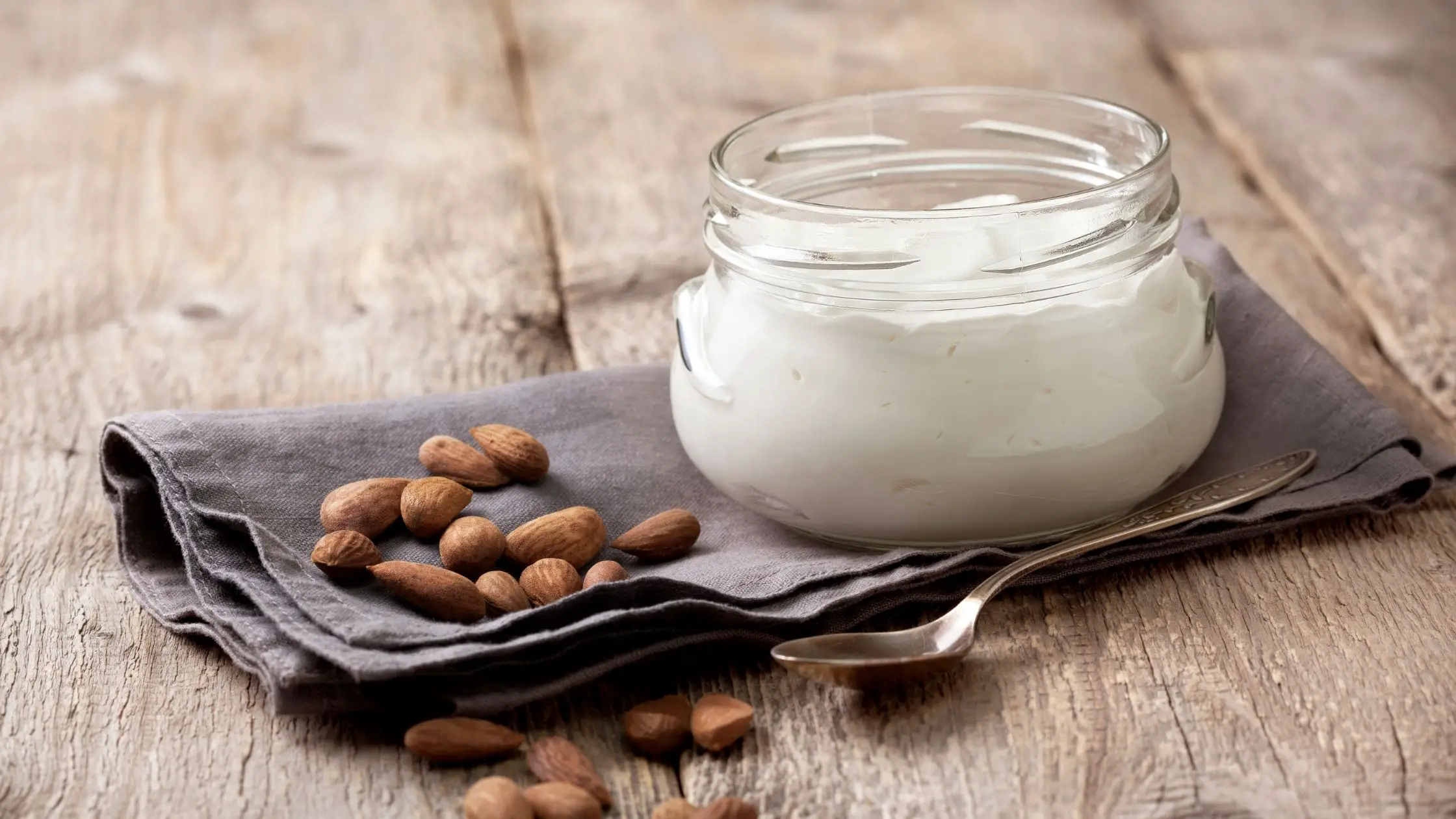
This is a non-dairy version of yogurt because, as the name indicates, it utilizes almond milk in the making process. This yogurt is thin in texture since almond milk doesn’t have the same components as cow’s milk. If you are lactose intolerant, this is a great choice for you so that you won’t miss out on yogurt. In addition, almond yogurt is low in calories and high in fiber.
Soy Yogurt
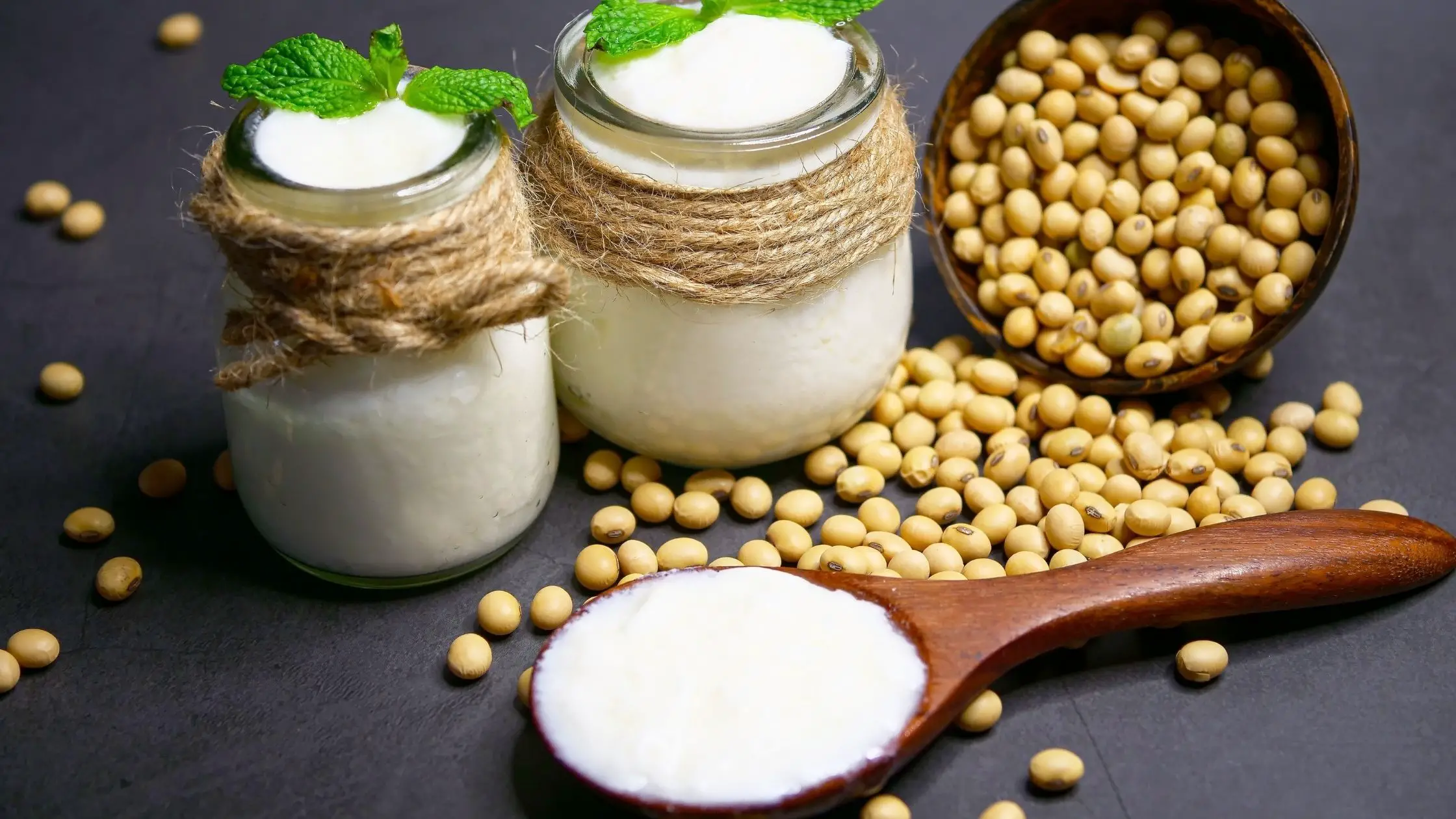
Soy yogurt also results in a thinner texture, and just like almond yogurt, it requires additives and thickeners to make it more appetizing. You may want to add some fruit to unflavored versions, have in mind that soybeans are pretty tasteless. That said, it is highly recommended for people struggling to control healthy blood sugar levels.
Coconut Yogurt
Though coconut milk is similar in thickness to whole milk, sadly, much of that creamy consistency is stripped when utilized to make yogurt. Usually, coconut yogurt ends up being pretty sour, so many brands add in lots of sugar to make it edible, which in the end, translates into a not-so-healthy yogurt choice.
Sheep’s Milk Yogurt
If you are a little bored with regular cow milk yogurt, then a good spin is to try this fantastic choice. It is similar to your traditional yogurt but offers more nutrients than the regular one. Sheep’s milk yogurt has more riboflavin and vitamins but is also high in fat.
Goat’s Milk Yogurt
This is a smooth yogurt with a buttery texture and light-sour taste. This is a perfect choice if you are likely to struggle to digest cow milk.
The Basics: How Yogurt is Made
Yogurt, in its result, it’s really a delight; however, the process of making it may not be as charming.
We generally try to stay clear from bacteria, and it certainly doesn’t sound like the ingredient in something you’ll put in your mouth; that said, bacteria is a key element in making yogurt.
The first step is to heat any milk to around 185 F; once the milk reaches a determined temperature, bacteria are added, making yogurt buttery consistency. The fusion must remain at the same temperature to form yogurt.
Depending on the type of yogurt, the next step would be to strain it to remove any excess liquid; this step gives way to a thickened texture.
How To Keep Yogurt Fresh?
Keeping your yogurt fresh and in optimum conditions involves proper storage; it is not hard to imagine that yogurt, no matter what type, belongs inside your fridge. There’s not much science about storing your yogurt and how long to keep it since it is indicated on the label.
Yogurt should be refrigerated immediately after purchase and when you get home from grocery shopping.
If you notice liquid on the top, stir or drain it off. Normally, the longer you keep yogurt, the sharper its flavor gets. Consuming it by the best-before date on the container is common sense.
How To Store Yogurt So It Stays Fresh For Longer
Yogurt will only last until its expiration date allows it, so there’s no extending its life beyond that. Here are a few tips to ensure your yogurt doesn’t go bad before the set expiration date.
Once you bring your yogurt home, store it right away in the fridge; as a useful tip, you should place it on the fridge shelves and never on the doors since they are not enough, and yogurt would be constantly exposed when opening and closing the door. Unopened yogurt will last up to 10 days or a few weeks in the fridge.
Once opened, your yogurt will be good in the fridge for about a week. And when storing away, make sure to seal yogurt containers well to protect the yogurt from foods with a strong smell.
Can You Freeze Yogurt?
Actually, you can, but it is not a good idea to freeze your yogurt since freezing affects its flavor and texture.
Many opt for freezing their yogurt because it is still suitable for baked goods, although it loses its texture. Open yogurt lasts frozen for about a month, while unopened yogurt can last for up to three months frozen.
Another thing you do not want to do is to put back unused parts of yogurt into its original container.
What to do with Yogurt Before It Goes Bad?
Keep an eye for any signs of spoilage even if you’ve kept your yogurt properly stored in the fridge; these include a bad smell, signs of mold, and a sudden increase in liquid.
But before your yogurt goes bad, you can enjoy it in many different recipes; check out some of our favorite yogurt ideas below.



